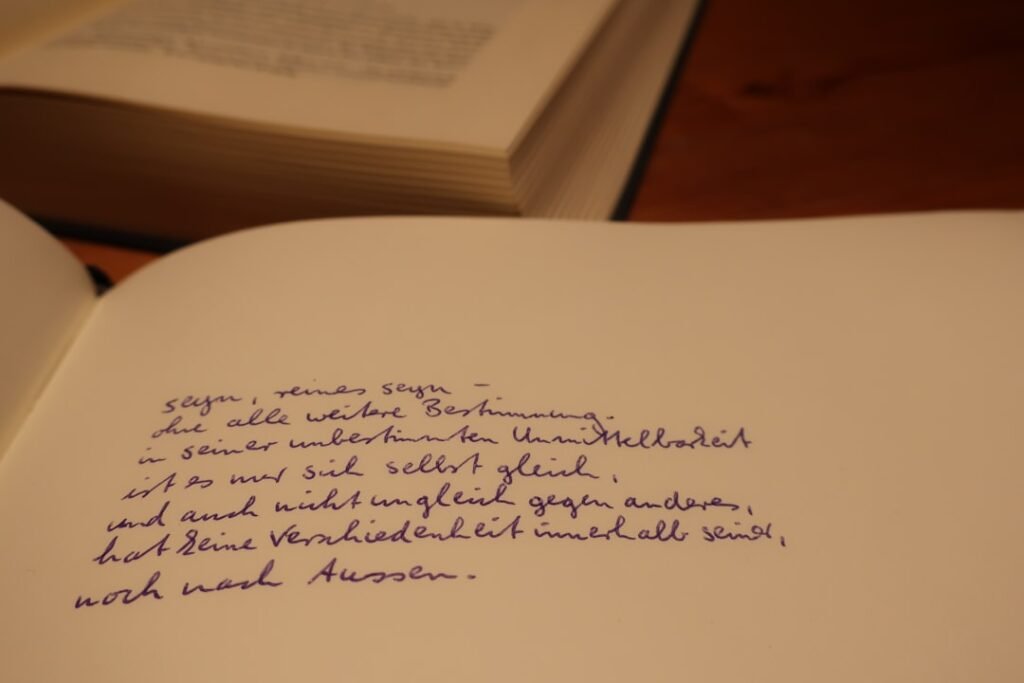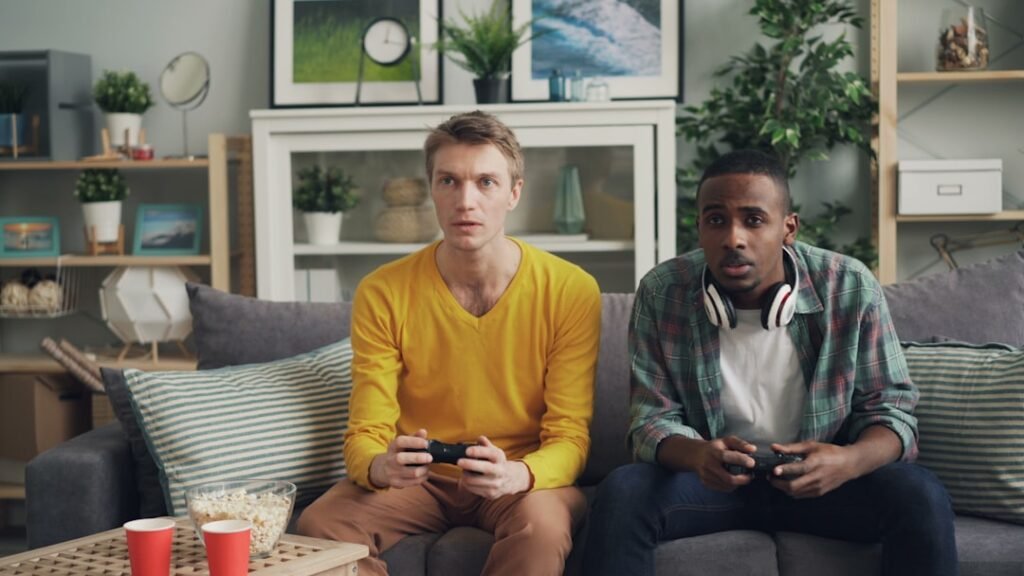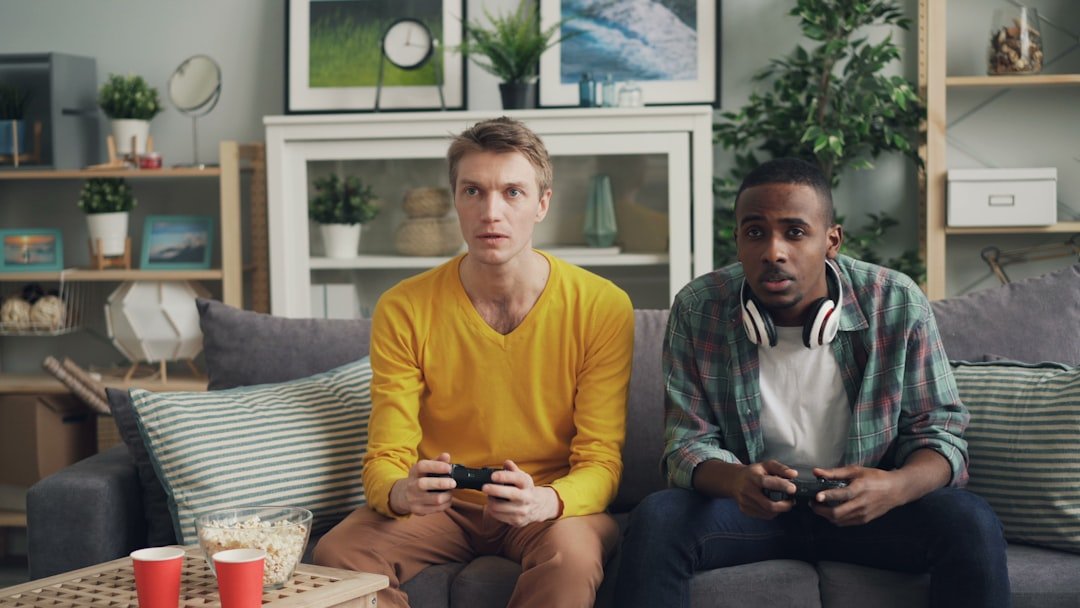Now Reading: Top Combat Animations in Action RPGs
-
01
Top Combat Animations in Action RPGs
Top Combat Animations in Action RPGs
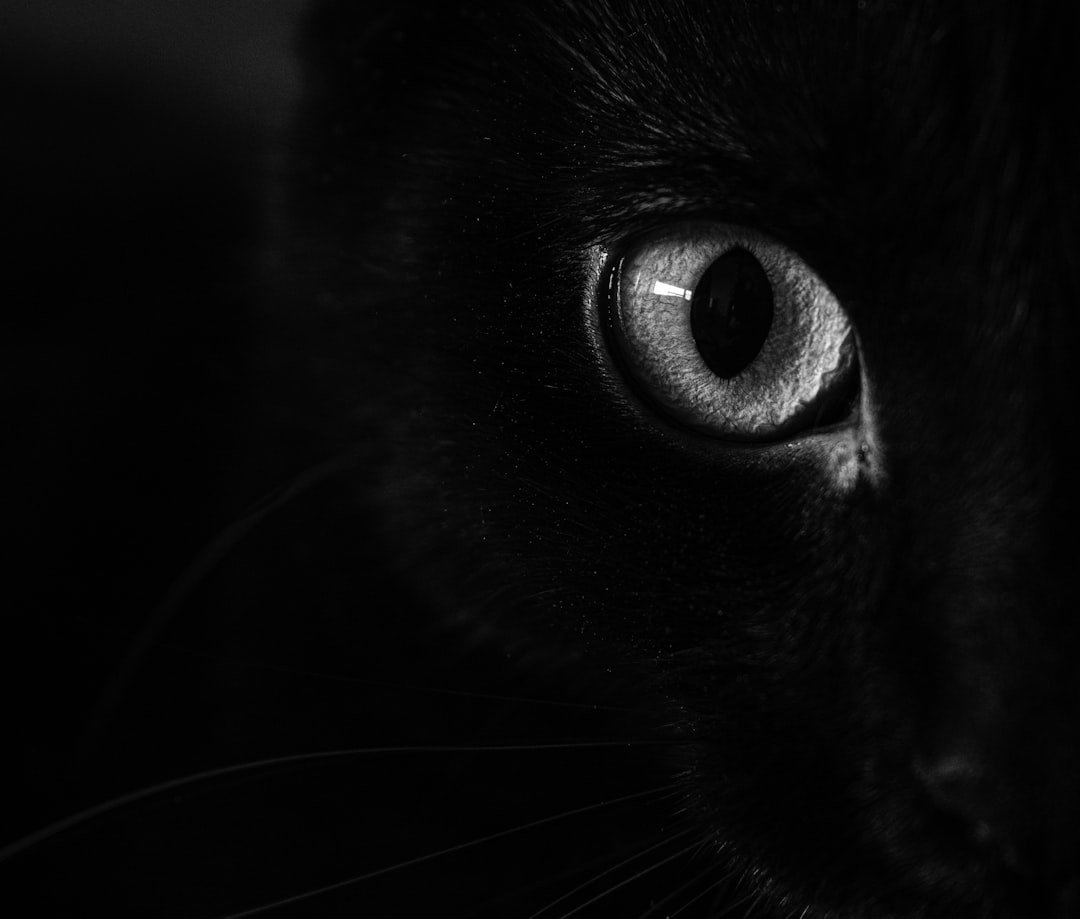
As a passionate gamer, I have always been captivated by the intricate world of action role-playing games (RPGs). One of the most compelling aspects of these games is undoubtedly the combat animations. They serve as the visual language through which players engage with the game world, translating the mechanics of combat into a dynamic and immersive experience.
Combat animations are not merely decorative; they are essential to conveying the weight and impact of each action taken by the player. From the fluidity of a sword swing to the explosive energy of a magical spell, these animations breathe life into the characters and their battles. In action RPGs, where players often find themselves immersed in fast-paced combat scenarios, the quality of these animations can significantly influence gameplay.
A well-executed animation can make a player feel powerful and in control, while a poorly designed one can lead to frustration and disengagement. As I delve deeper into this topic, I find myself reflecting on how combat animations have evolved over time and how they continue to shape my gaming experiences.
Key Takeaways
- Fluid and impactful combat animations are crucial for creating an immersive and engaging player experience in action RPGs.
- The best combat animations in recent action RPGs showcase a combination of realism, creativity, and attention to detail.
- Motion capture technology plays a significant role in creating realistic combat animations that enhance the overall gameplay experience.
- Different character classes in action RPGs often feature unique combat animations that reflect their individual fighting styles and abilities.
- Visual effects can greatly enhance combat animations, adding depth and excitement to the overall gameplay.
The Importance of Fluid and Impactful Combat Animations
Fluidity in combat animations is crucial for creating a seamless gameplay experience. When I engage in battle, I want my character’s movements to feel natural and responsive. If an animation is choppy or poorly timed, it disrupts the flow of combat and can lead to a disconnection between my actions and the game’s response.
This fluidity allows me to execute combos and chain attacks effortlessly, enhancing my sense of agency within the game. The more fluid the animations, the more I feel like I am truly inhabiting my character, making each encounter feel unique and exhilarating. Impactful combat animations are equally important.
They provide visual feedback that reinforces the effectiveness of my actions. When I land a critical hit or successfully dodge an enemy attack, I want to see that reflected in the animation. The weight of a weapon swing, the recoil from a powerful spell, or the dramatic flourish of a finishing move all contribute to a satisfying combat experience.
These animations not only enhance my enjoyment but also serve as a form of communication between me and the game, signaling success or failure in a way that words cannot.
Analyzing the Best Combat Animations in Recent Action RPGs

In recent years, several action RPGs have set new standards for combat animations, leaving a lasting impression on players like myself. Titles such as “Dark Souls,” “The Witcher 3: Wild Hunt,” and “Final Fantasy VII Remake” have showcased exceptional animation quality that elevates their combat systems. In “Dark Souls,” for instance, each weapon has its own unique set of animations that reflect its characteristics and playstyle.
The deliberate pacing and weighty strikes create a sense of tension and strategy that keeps me engaged throughout each encounter. Similarly, “The Witcher 3” offers a rich tapestry of combat animations that capture Geralt’s agility and skill as a monster hunter. The fluid transitions between swordplay and magic casting make every battle feel dynamic and responsive.
The attention to detail in these animations enhances my immersion in the game world, allowing me to fully appreciate Geralt’s prowess as I navigate through challenging foes. In contrast, “Final Fantasy VII Remake” takes a more stylized approach, blending cinematic flair with real-time combat. The over-the-top animations during limit breaks and special abilities create moments of spectacle that leave me in awe.
The Evolution of Combat Animations in Action RPGs
Reflecting on the evolution of combat animations in action RPGs reveals a fascinating journey marked by technological advancements and creative experimentation. In earlier titles, animations were often simplistic due to hardware limitations, resulting in repetitive movements that lacked depth. However, as technology progressed, developers began to explore more complex animation systems that allowed for greater variety and realism.
The introduction of motion capture technology has played a pivotal role in this evolution. By capturing real-life movements and translating them into digital form, developers can create animations that feel authentic and engaging. This shift has allowed for more nuanced character movements, enabling me to experience combat in ways that were previously unimaginable.
As I look back at classic titles compared to modern ones, it’s clear that the evolution of combat animations has significantly enhanced my overall gaming experience.
How Combat Animations Enhance the Player Experience
Combat animations are integral to enhancing the player experience in action RPGs. They serve as a bridge between gameplay mechanics and emotional engagement, allowing me to connect with my character on a deeper level. When I see my character execute a perfectly timed dodge or unleash a devastating attack, it evokes a sense of satisfaction that goes beyond mere numbers on a screen.
These animations create moments of triumph that resonate with me long after I’ve put down the controller. Moreover, well-crafted combat animations contribute to world-building within the game. Each character’s fighting style can reflect their personality and background, adding layers of depth to their narrative.
For instance, a nimble rogue may have quick, acrobatic movements that convey agility and stealth, while a hulking warrior might deliver slow but powerful strikes that emphasize brute strength. This attention to detail enriches my understanding of each character’s role within the story and enhances my investment in their journey.
The Role of Motion Capture in Creating Realistic Combat Animations
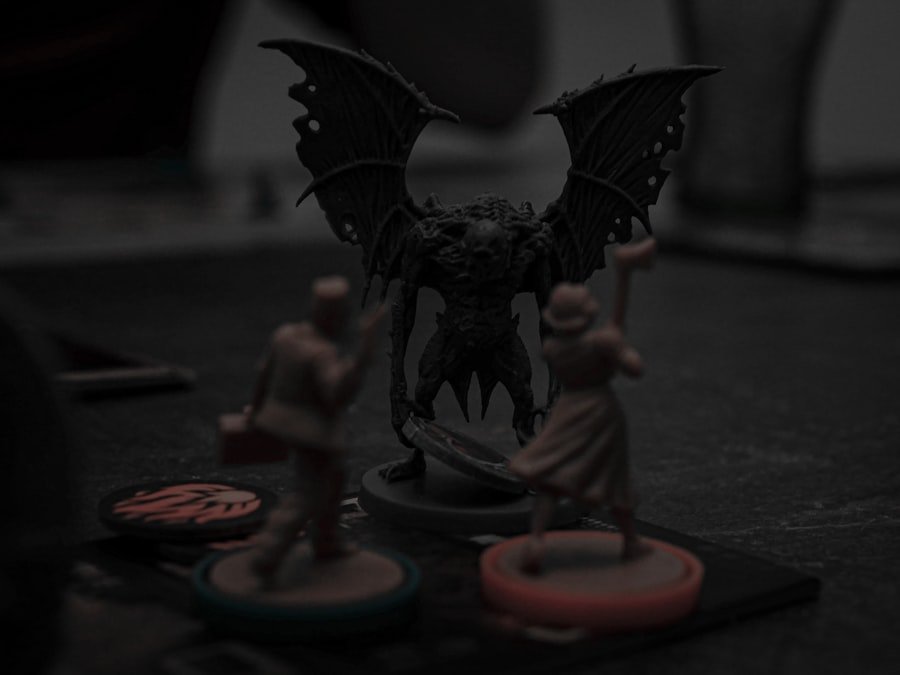
Motion capture technology has revolutionized the way combat animations are created in action RPGs.
As someone who appreciates authenticity in gaming, I find it fascinating how motion capture allows for intricate details such as weight distribution, timing, and even facial expressions to be captured and translated into digital form.
The use of motion capture not only enhances realism but also allows for greater creativity in animation design. Developers can experiment with different fighting styles and techniques by collaborating with martial artists or stunt performers. This collaboration results in combat animations that feel both authentic and visually striking.
As I engage with games that utilize motion capture effectively, I am often left in awe of how lifelike the characters appear during combat sequences.
Exploring the Unique Combat Animations of Different Character Classes
One of the most exciting aspects of action RPGs is the diversity of character classes available to players. Each class often comes with its own unique set of combat animations that reflect its strengths and weaknesses. As I explore different classes within a game, I am always eager to see how their animations differ and what they reveal about their playstyle.
For example, playing as a mage often involves elaborate spellcasting animations that convey power and mystique. The swirling energy and intricate gestures create an immersive experience that makes me feel like I am truly harnessing arcane forces. In contrast, playing as a melee fighter typically involves more grounded movements focused on precision and timing.
The contrast between these classes not only adds variety to gameplay but also enriches my understanding of each character’s role within the game’s narrative.
The Influence of Martial Arts and Weapon Training on Combat Animations
The influence of martial arts and weapon training on combat animations cannot be overstated. Many developers draw inspiration from real-world fighting techniques to create authentic movements that resonate with players like myself. By studying various martial arts styles, animators can craft combat sequences that feel both believable and engaging.
For instance, games that feature swordplay often incorporate techniques from disciplines such as kendo or fencing. The fluidity of these movements translates into dynamic animations that enhance my immersion in the game world. Similarly, hand-to-hand combat sequences may draw from martial arts like karate or judo, resulting in fast-paced exchanges that keep me on my toes during battles.
This attention to detail not only elevates the quality of combat animations but also fosters a deeper appreciation for the art of fighting itself.
The Impact of Visual Effects on Combat Animations
Visual effects play a crucial role in enhancing combat animations within action RPGs. The addition of particle effects, lighting changes, and camera angles can transform an ordinary attack into an extraordinary spectacle. As I engage in battles, these visual effects amplify the impact of my actions, making each strike feel more powerful and rewarding.
For example, when I unleash a powerful spell or execute a devastating combo, the accompanying visual effects can create an exhilarating sense of drama. Explosions of color, trails of light, and dynamic camera shifts all contribute to an immersive experience that keeps me engaged in the action. These effects not only enhance the visual appeal but also serve as cues for timing and strategy during combat encounters.
The Future of Combat Animations in Action RPGs
As technology continues to advance, I can’t help but wonder what the future holds for combat animations in action RPGs. With developments in artificial intelligence and procedural animation techniques, we may soon see even more dynamic and responsive combat systems that adapt to player actions in real-time. Imagine a game where enemy reactions are influenced by my fighting style or where environmental interactions create unique opportunities for creative combat strategies.
Furthermore, virtual reality (VR) presents exciting possibilities for combat animations as well. The ability to physically engage with the game world could lead to entirely new ways of experiencing combat, allowing me to feel every strike and dodge as if I were truly part of the action. As I look ahead to this future landscape, I am filled with anticipation for how developers will continue to push the boundaries of what is possible in action RPGs.
Tips for Game Developers on Creating Memorable Combat Animations
For aspiring game developers looking to create memorable combat animations, there are several key considerations to keep in mind. First and foremost, investing time in research is essential. Understanding various fighting styles and techniques can provide valuable insights into creating authentic movements that resonate with players like myself.
Additionally, collaboration with skilled animators and motion capture artists can elevate the quality of your animations significantly. By working together with professionals who understand movement dynamics, you can achieve a level of realism that enhances player immersion. Finally, don’t underestimate the power of feedback from playtesting sessions.
Observing how players interact with your combat system can reveal areas for improvement and help you refine your animations for maximum impact. By prioritizing fluidity, impactfulness, and authenticity in your designs, you can create combat animations that leave a lasting impression on players for years to come.
From their fluidity and impactfulness to their evolution over time, these animations enhance our connection with characters and gameplay mechanics alike. As technology continues to advance, I eagerly anticipate what lies ahead for this vital aspect of gaming design.
If you’re interested in learning from the pros and improving your gameplay skills, check out this article on how to analyze professional gameplay and learn from the pros. Understanding the strategies and techniques used by top players can help you level up your own abilities in action RPGs. Additionally, having the right equipment is essential for a great gaming experience, so be sure to read about the exciting upcoming game releases and launch details.
FAQs
What are combat animations in action RPGs?
Combat animations in action RPGs are the visual representations of the various attacks, movements, and abilities performed by the player character and enemies during combat. These animations add visual flair and excitement to the gameplay experience.
What makes combat animations important in action RPGs?
Combat animations are important in action RPGs as they contribute to the overall immersion and enjoyment of the game. Well-executed combat animations can make the combat feel more dynamic, impactful, and satisfying for the player.
What are some examples of games with the best combat animations in action RPGs?
Some examples of games with highly praised combat animations in action RPGs include “Dark Souls,” “Bloodborne,” “Nioh,” “Devil May Cry,” “Monster Hunter: World,” and “God of War.” These games are known for their fluid, detailed, and visually stunning combat animations.
How do combat animations enhance the gameplay experience in action RPGs?
Combat animations enhance the gameplay experience in action RPGs by making the combat feel more engaging, responsive, and visually appealing. They can also provide important visual feedback to the player, helping them understand the impact of their actions in the game world.
What are some common elements of impressive combat animations in action RPGs?
Impressive combat animations in action RPGs often feature fluid and weighty movements, impactful visual and sound effects, seamless transitions between different actions, and a sense of responsiveness to player input. These elements contribute to a more immersive and satisfying combat experience.












